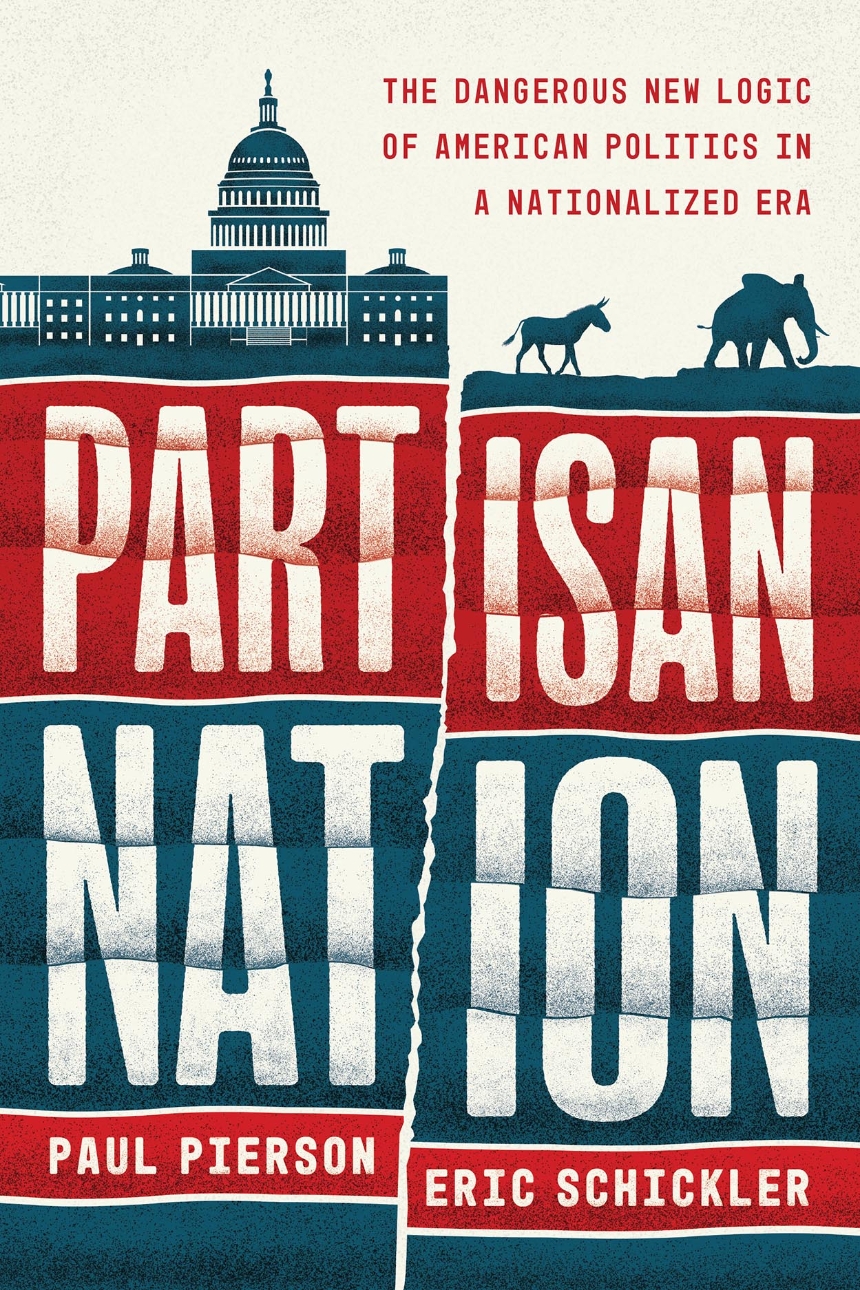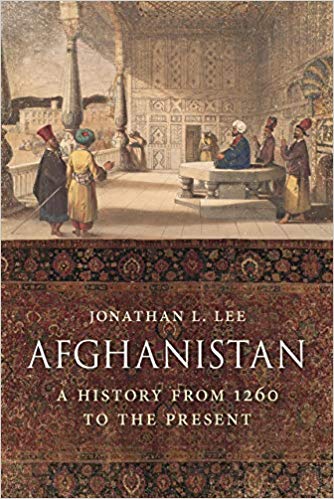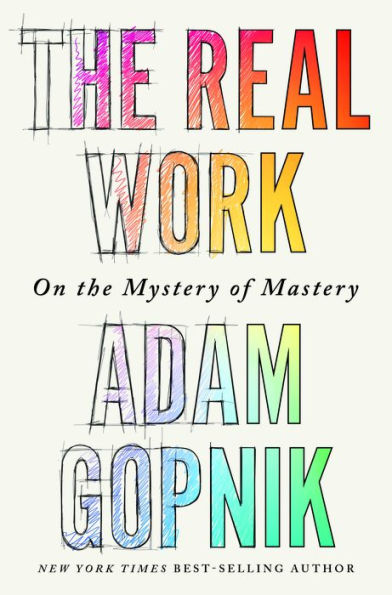Partisan Nation: The Dangerous New Logic of American Politics in a Nationalized Era
- By Paul Pierson and Eric Schickler
- University of Chicago Press
- 336 pp.
- Reviewed by Andrew M. Mayer
- September 16, 2024
A house divided against itself…well, you know.

Political scientists Paul Pierson and Eric Schickler’s Partisan Nation is a groundbreaking work about U.S. politics that arrives amidst a tumultuous presidential campaign. Released days before the contentious first — and possibly only — debate between Donald Trump and Kamala Harris, the book seeks to define the issues behind the intractable polarization playing out in the American electorate.
To explain how we got here, the authors look back at similarly divisive periods in history and compare them to what’s happening now. First, we’re taken to the age of the Founding Fathers, when the U.S. Constitution was being formed and it was unknown to what degree James Madison’s proposed structure of checks and balances would hold up.
George Washington warned, in 1796, against the creation of political parties, but it was already too late. Even in those earliest days of the nation, a rivalry between the Federalists (including Washington, John Adams, and Alexander Hamilton) and the Jeffersonian Republicans (among them their namesake, Thomas Jefferson, along with Madison and James Monroe). By the 1830s, fights were breaking out between Andrew Jackson’s Democrats and the newly founded Whig party of John Quincy Adams.
The modern Republican Party emerged in 1854 and counted Abraham Lincoln among its charter members. Soon after, political and societal tensions over the institution of slavery came to a head, leading to the Civil War. Even amid the bloody four-year conflagration (which should’ve focused the minds of all involved), there remained ongoing internecine disputes among the various political parties in the North and South.
The authors demonstrate how the Reconstruction period did not quiet matters. During the volatile post-Civil War years, Republicans split on the details of the nascent freedoms granted by the Thirteenth, Fourteenth, and Fifteenth Amendments. Jim Crow ruled through the 1890s, as the Democratic Party was largely dominated by disaffected Southerners. By the turn-of-the-century era of William McKinley, Theodore Roosevelt, and William Howard Taft, attempts were made by Republicans to reduce the racial tensions created by Plessy v. Ferguson (of “separate but equal” ignominy). Democrat Woodrow Wilson, who reached the White House in 1913, endorsed policies that only reinflamed those tensions.
Pierson and Schickler next move to the Franklin Delano Roosevelt years, a time of (you guessed it) national polarization surrounding the New Deal, FDR’s expansive — and expensive — program designed to help the nation recover from the Great Depression. While Roosevelt cared about matters of equality, his wife, Eleanor, was much more involved in the fight to right America’s racist wrongs. Notwithstanding concrete attempts in the following decades to force a national racial reckoning — including Harry S. Truman’s executive order integrating the military and Brown v. Board of Education of Topeka, which integrated public schools — the Civil Rights Act wouldn’t be voted into law until 1964.
Jumping ahead, the 1990s saw a stark change in the tone and tenor of Democrats and Republicans. During Ronald Reagan’s 1980s, the Republican commander-in-chief and Speaker of the House Tip O’Neill, a Democrat, would meet frequently to sort out policy differences, seek compromise, and avoid government shutdowns. This all ended during the Bill Clinton era, when Republican firebrand Newt Gingrich, the House speaker, demanded unconditional fealty. When he didn’t get it, he was willing to block legislation and federal appointments, preferring to shut the whole thing down rather than find common ground.
The book concludes by zooming in on the 21st century. Despite Republicans having lost the popular vote in five of the last six presidential elections, they’ve managed to mostly control Congress and prevent Democrats Barack Obama and Joe Biden from passing legislation on childcare, climate change, abortion, and other major issues. Much of our current political strife has been fueled by an increasingly activist Supreme Court that seems in lockstep with the far Right. Its shocking overturning of Roe v. Wade is perhaps the most egregious example of this, but the court’s 2000 decision to stop Florida’s counting of the vote — thereby handing the presidency to George W. Bush — is a close second.
The authors view the period since Republican Mitt Romney’s defeat in the 2012 presidential election as one of radical Tea Party/Freedom Caucus ascendance, out of which Trump’s MAGA movement was born. Pierson and Schickler feel that unless a united, centrist group of moderate Republicans and Democrats emerges to break the endless stalemates now plaguing Congress, America will move further away from genuine democracy. A second Trump presidency, alas, would only accelerate the decline.
Andrew M. Mayer is professor emeritus of humanities and history at the College of Staten Island/CUNY.

